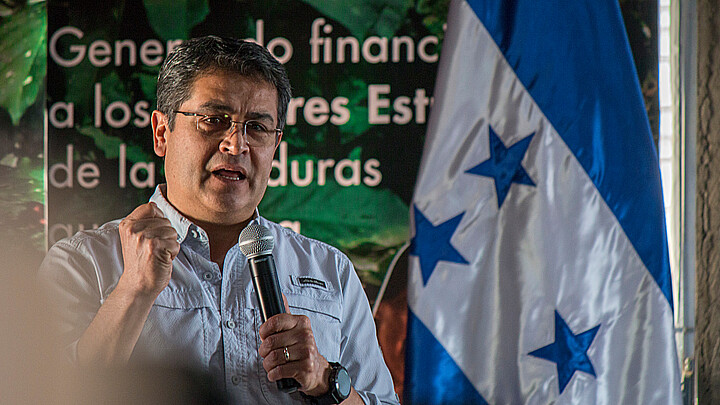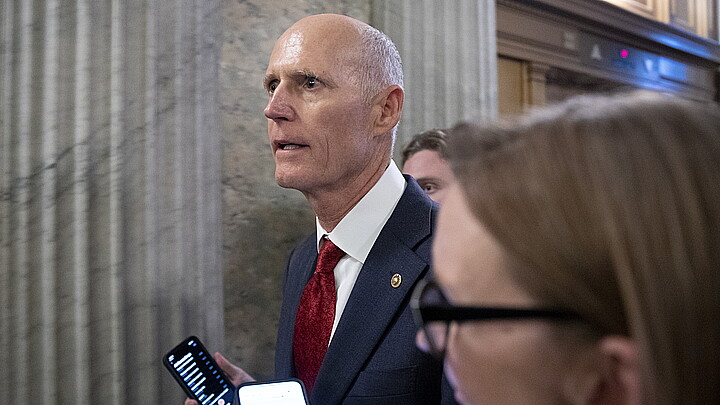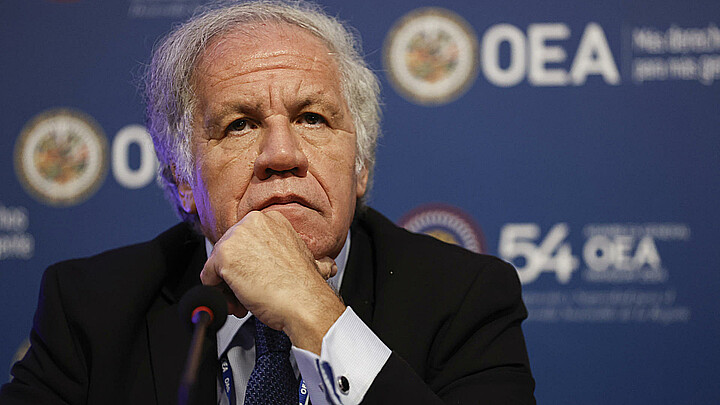Politics
The U.S. pays 53.1% of the OAS' budget, but some feel it comes at a critical time
As hostile regimes — namely Iran, Russia and China — attempt to gain a foothold in the region, some feel U.S. investment in Latin America is worthwhile
January 12, 2022 3:56pm
Updated: January 13, 2022 9:37am
Although the latest Latin American election cycle has once again favored a radicalized, authoritarian left — opening new opportunities for collaboration between socialist leaders and their anti-American allies — there is still one space in which the United States can exert influence in the region: the Organization of American States (OAS).
The OAS is a regional, multilateral organization that includes all 35 independent countries of the Western Hemisphere (though Cuba currently does not participate) and was established in 1948 as a forum in which the region’s governments could engage one another and address issues of mutual concern.
Today, the organization focuses on four broad objectives: democracy promotion, human rights protection, economic and social development, and regional security cooperation.
While all members are obligated to contribute financially to the organization, a new Spanish media report shows that the United States is currently paying 53.1 percent of the OAS’ $84 million operating budget.
But as hostile regimes — namely Iran, Russia and China — attempt to gain a foothold in Central and South America, there are those who believe the U.S. should focus more on the region.
Another regional bloc, the Community of Latin American and Caribbean States (CELAC), recently signed an agreement with China to enhance economic cooperation, including for trade and investment, as the Asian powerhouse increases its presence in the region.
CELAC member countries currently include: Antigua and Barbuda, Argentina, Bahamas, Barbados, Belize, Bolivia, Brazil, Chile, Colombia, Costa Rica, Cuba, Dominica, Ecuador, El Salvador, Granada, Guatemala, Guyana, Honduras, Jamaica, Mexico, Nicaragua, Panama, Paraguay, Peru, Dominican Republic, St. Lucia, St. Kitts and Nevis, St. Vincent and Grenadines, Trinidad and Tobago, Uruguay and Venezuela.
The deal, titled the “Joint Action Plan for Cooperation in Key Areas,” sets out a wide-ranging agreement to collaborate politically, economically and socially through trade, investment, innovation, energy, communications and development.
Although the treaty’s agenda remains vague, such a promise for cooperation is daunting as ties between China and Latin America and the Caribbean has increased 26-fold from 2000 to 2020, according to data from the World Economic Forum — and is expected to more than double by 2035.
In a recent interview with Axios, Ecuador’s ambassador to Washington, Ivonne Baki, warned that the “U.S. is losing Latin America to China without putting up a fight.” Her frustrated interview revealed that without more attention, even “U.S.-friendly countries will conclude that we’re still just the backyard.”










